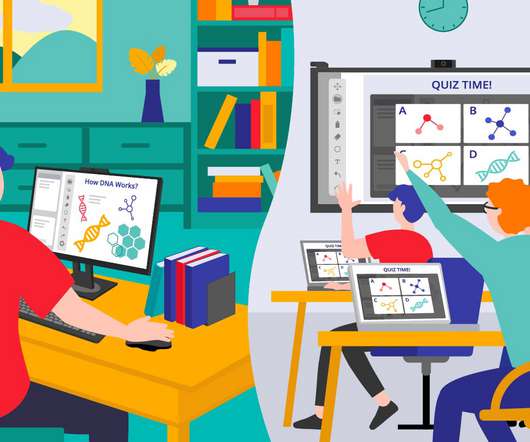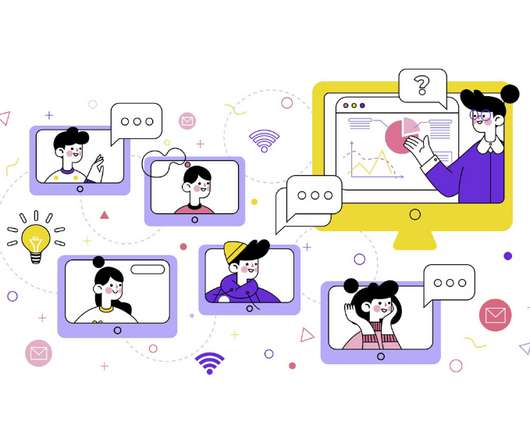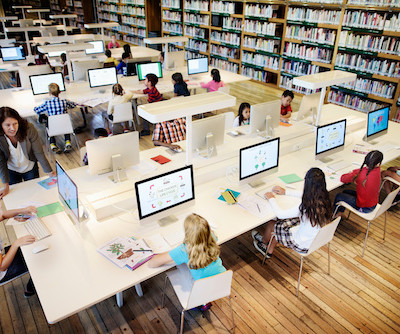5 Flipped Classroom Activities for High School Students
ViewSonic Education
DECEMBER 1, 2021
In fact, research suggests that a class quiz can play a key role in helping to keep students motivated, while they can also potentially help to improve knowledge acquisition and boost overall learning outcomes. Aside from helping to make lessons more exciting, quizzes can help to bring out the competitive side of many high school students.















Let's personalize your content